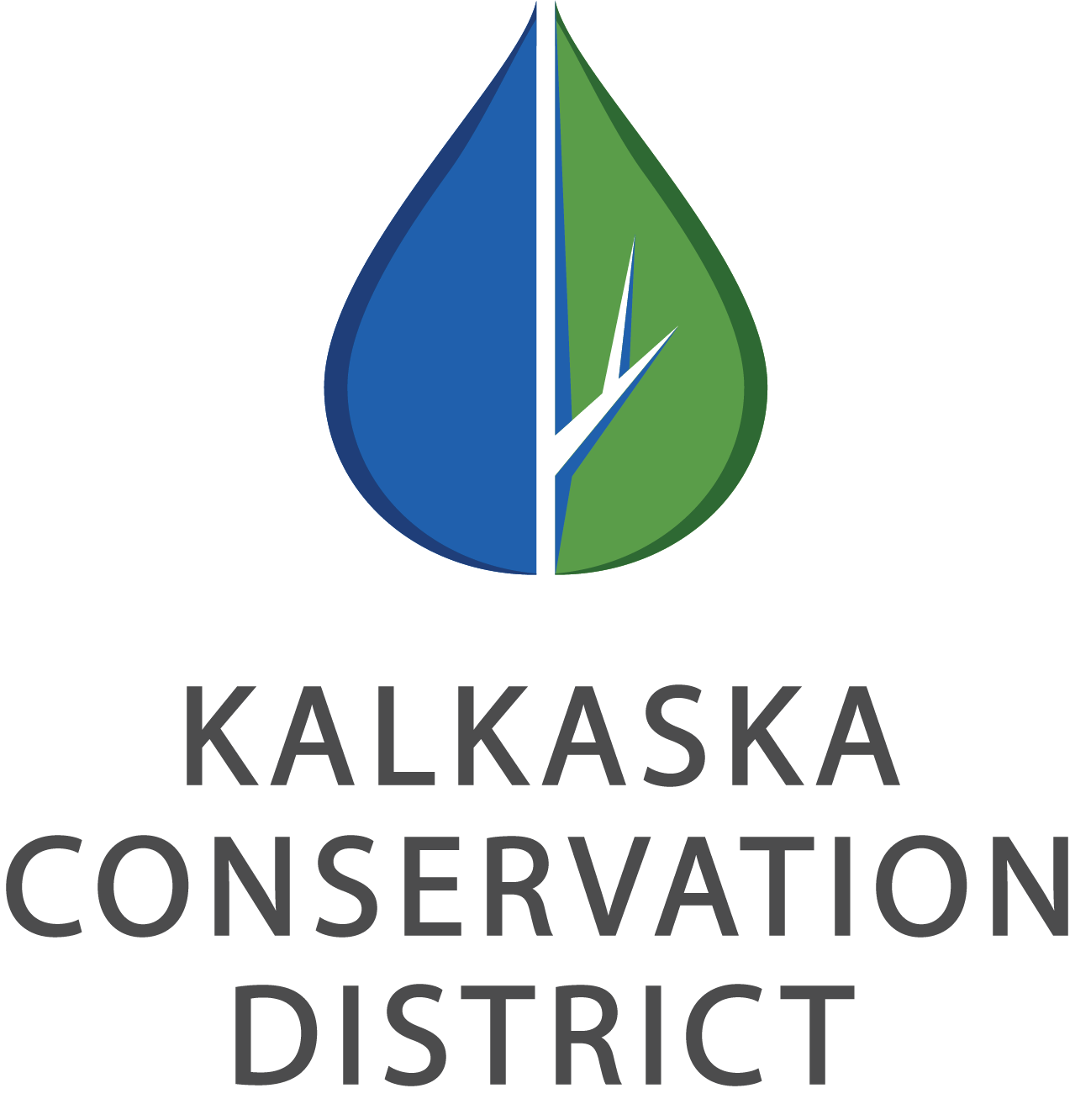Michigan Shoreline Stewards
By Marilyn Shy
Are you a lakefront or riverfront property owner who cares about maintaining and improving your shoreline habitat?
If yes, there are a number of actions you can take to protect the quality of our lakes, rivers and streams. Not only will you be improving water quality, you will be helping to provide better habitat conditions for all types of wildlife including birds, frogs, salamanders, turtles, insects, fish and others.
Here are some of the best shoreline practices for homeowners:
Capture the rain. Storm water runoff can cause problems when rain or melting snow runs over bare ground. It can carry soil particles and other pollutants such as fertilizers, pesticides, heavy metals and other contaminants that come off cars and driveways. Since most shoreline properties are sloped toward the lake or stream, it is important to slow or stop runoff near the source.
Encourage infiltration. One way to keep storm water out of lakes and streams is to plant a rain garden. These gardens capture, filter, and allow water to soak into the ground. With the right selection of plants, you can capture roof or driveway water and a food and nectar source for pollinators.
Consider alternative pavements. When constructing pathways and driveways, consider using porous alternatives like stepping stones, permeable pavers, or porous concrete. This will allow rain water to infiltrate into the ground.
Minimize your lawn. Consider converting part of your lawn to native wildflowers, grasses and shrubs. Native plantings act as a natural buffer zone that reduce runoff and intercept harmful excess nutrients before they can reach the water.
Mow wisely. Proper mowing can produce a healthier lawn that can withstand more stress. Mow high to enhance the quality and health of your lawn. A height of 2.5 to 3.5 inches is the general recommendation for most turf species. Returning clippings to the lawn can reduce the need for fertilizer. But do not allow clippings to reach the water! This is like throwing fertilizer into the lake.
Reduce or eliminate pesticides and fertilizers. Excess nutrients in fertilizers and harmful chemicals in pesticides can cause toxic algal blooms and can kill off beneficial organisms that are essential to a healthy aquatic ecosystem.
Pick up pet waste. Water quality isn’t the only thing that can suffer, your health may be at risk, too. The best way to dispose of pet waste is in the trash. Wrap carefully to avoid spilling during collection. Or bury pet waste in your yard at least 12 inches deep. This will allow it to decompose slowly, without leaching nutrients and pathogens. Bury the waste in several different locations and keep away from vegetable gardens.
Prevent shoreline erosion. Keep shorelines stable by not clearing out native plants.
Protect wildlife habitat in the water. Leave woody debris in place as well as maintaining native aquatic plants to create habitat structure and homes for wildlife.
For more information on any of these practices or to find out how you can become a Michigan Shoreline Steward, call the Kalkaska Conservation District at (231) 258-3307.

